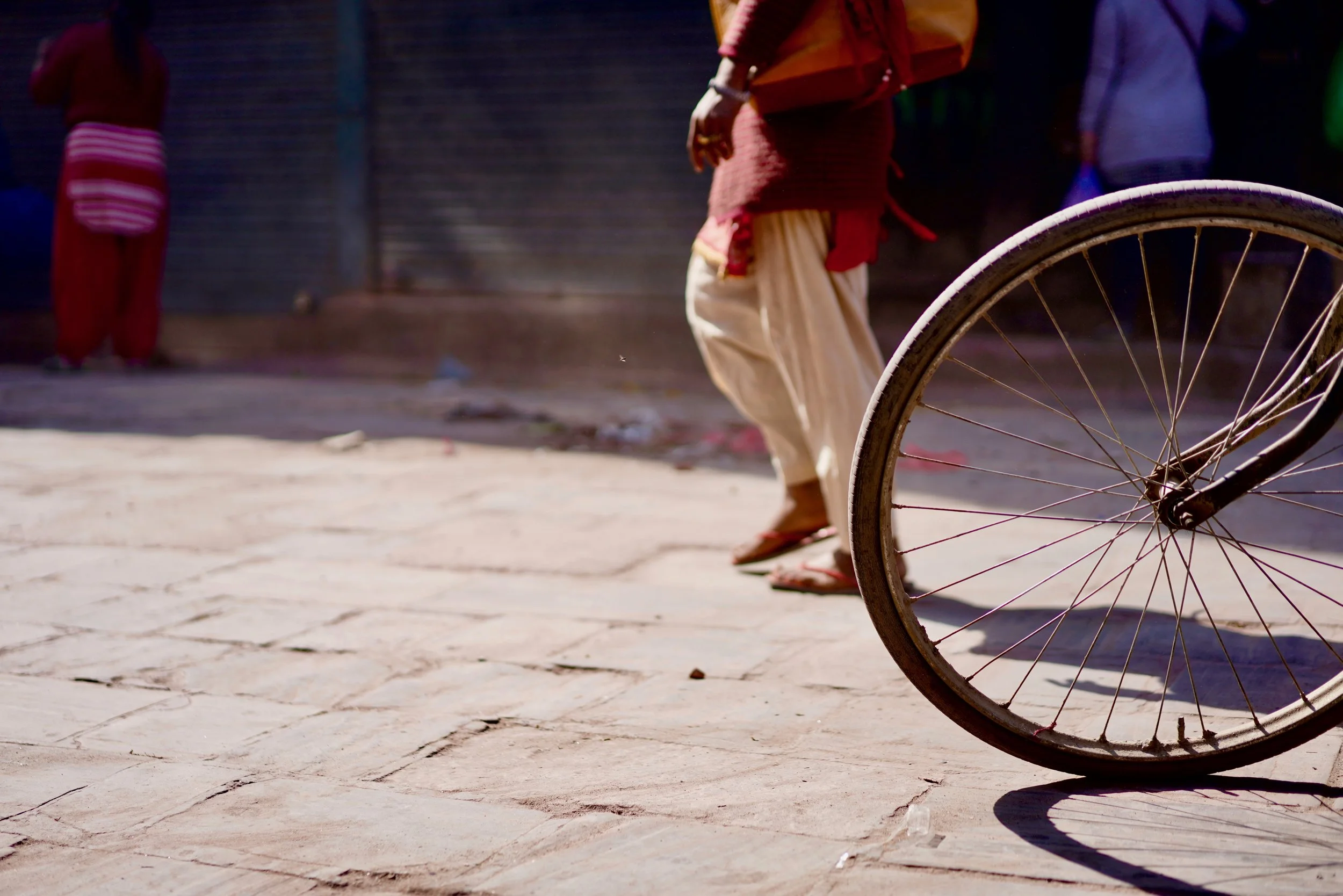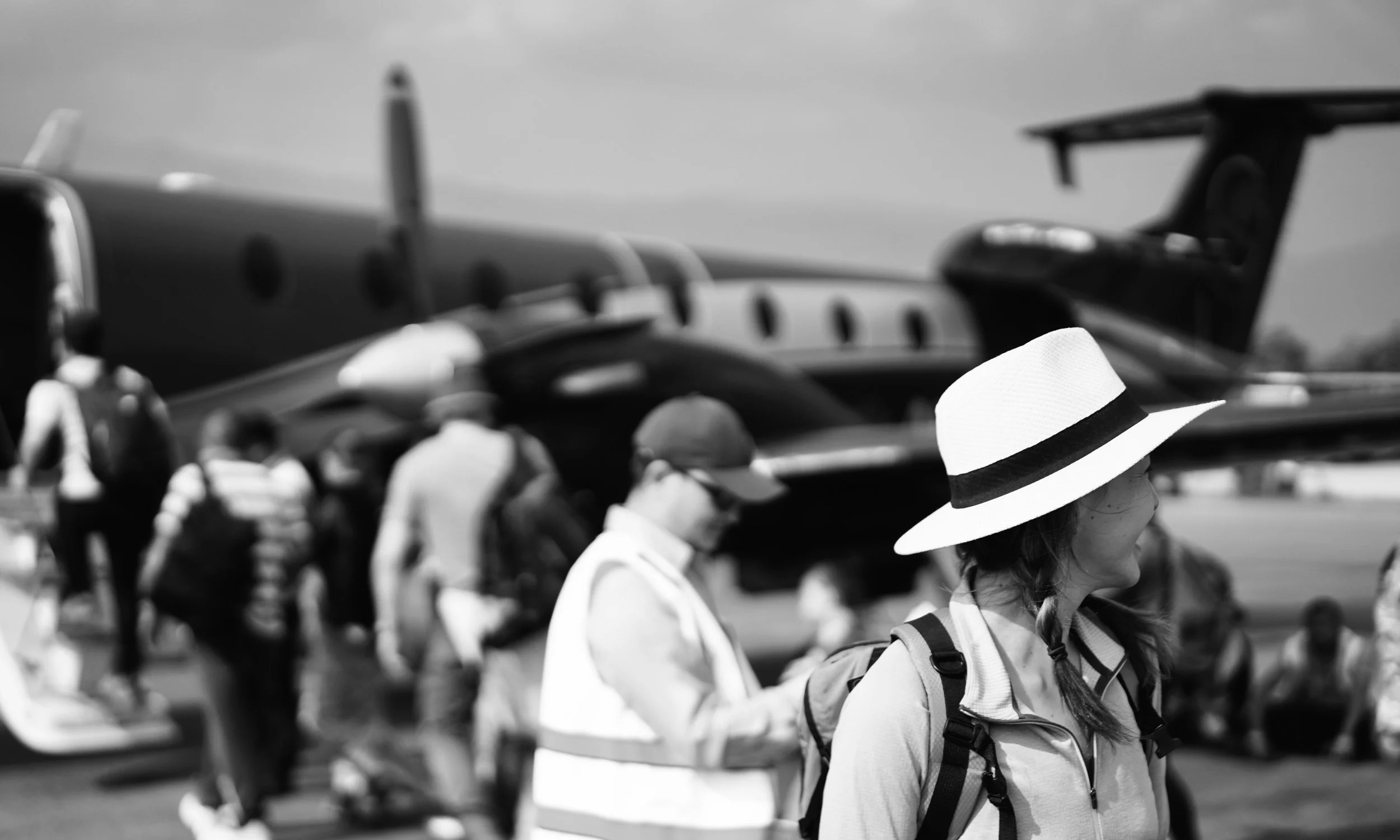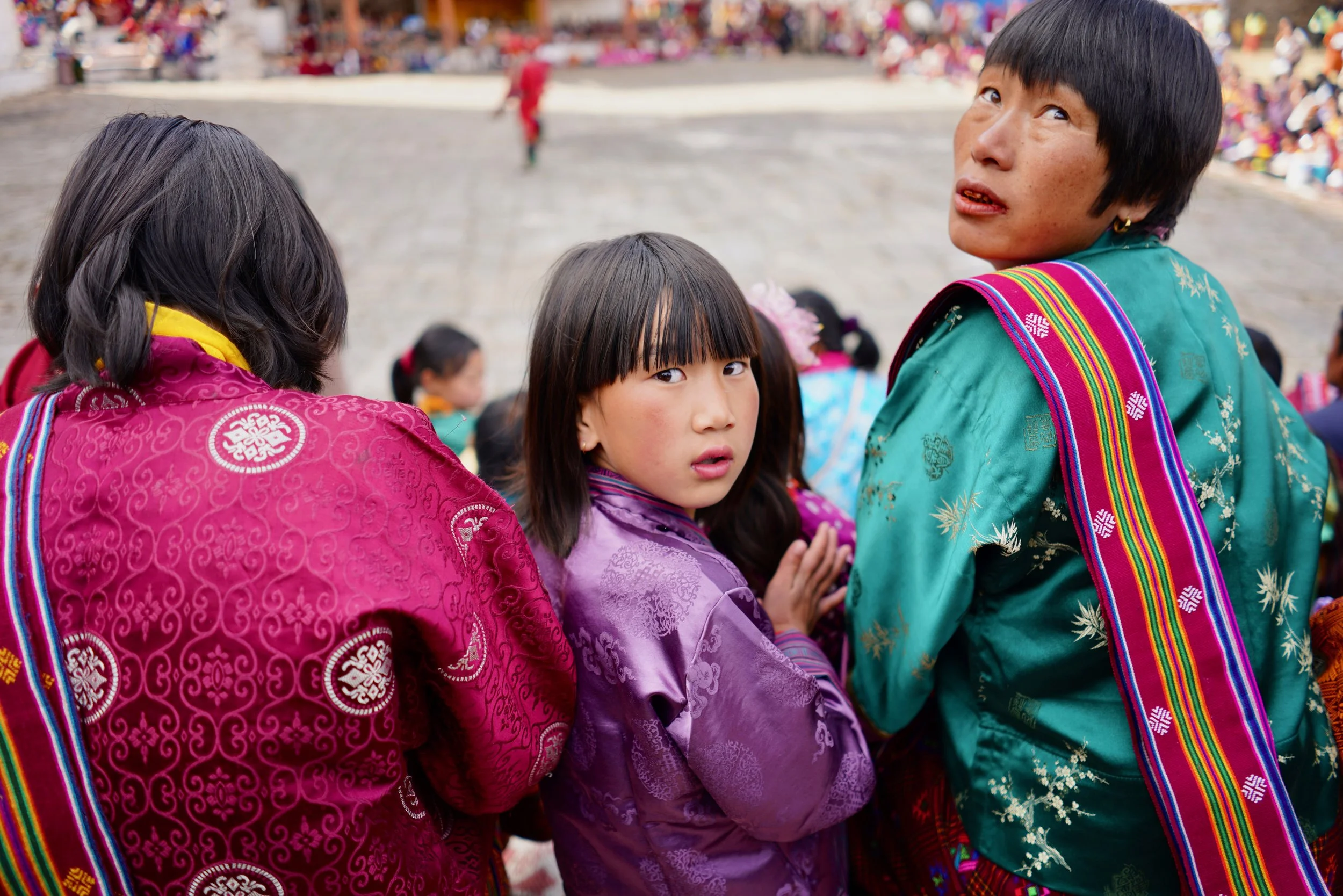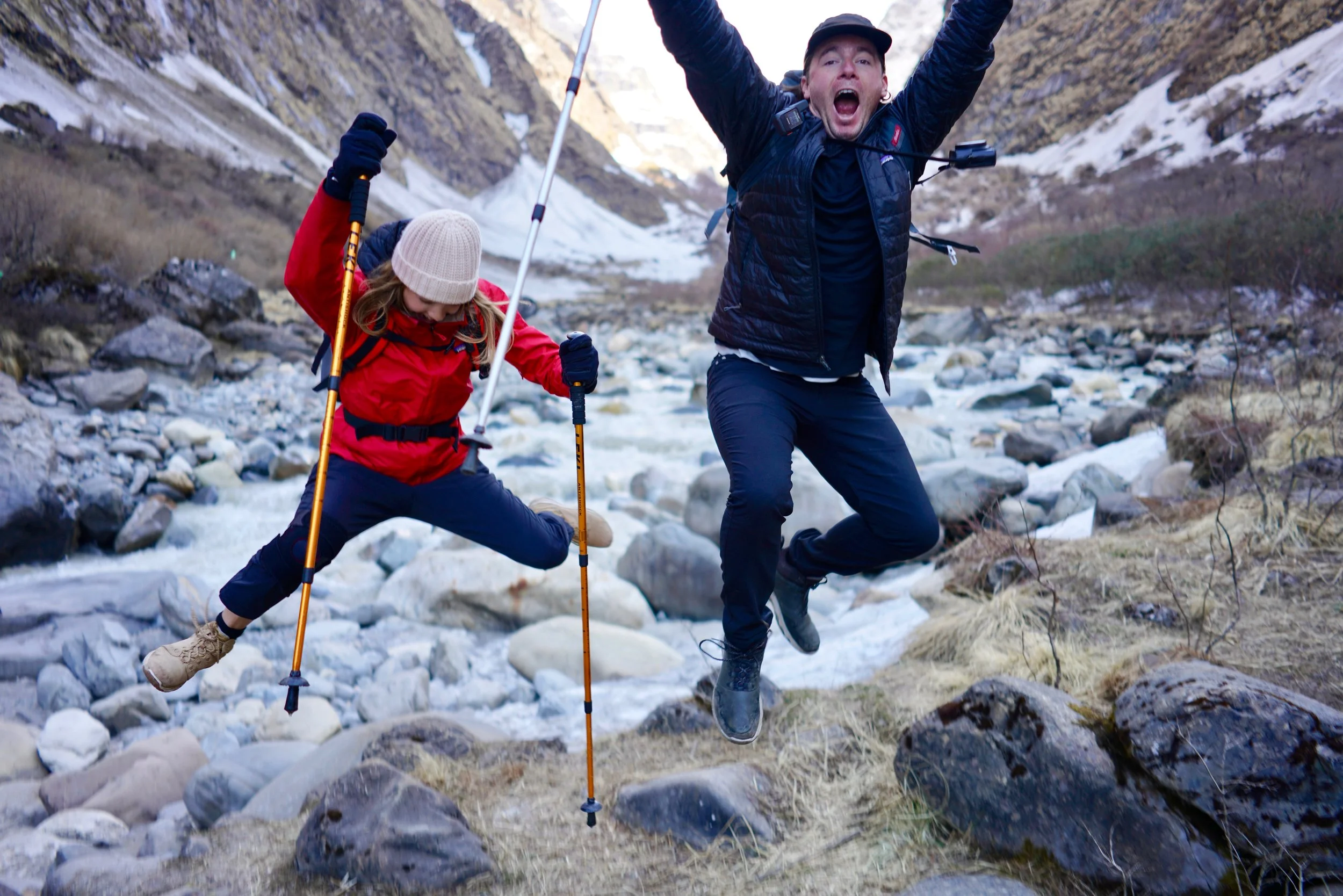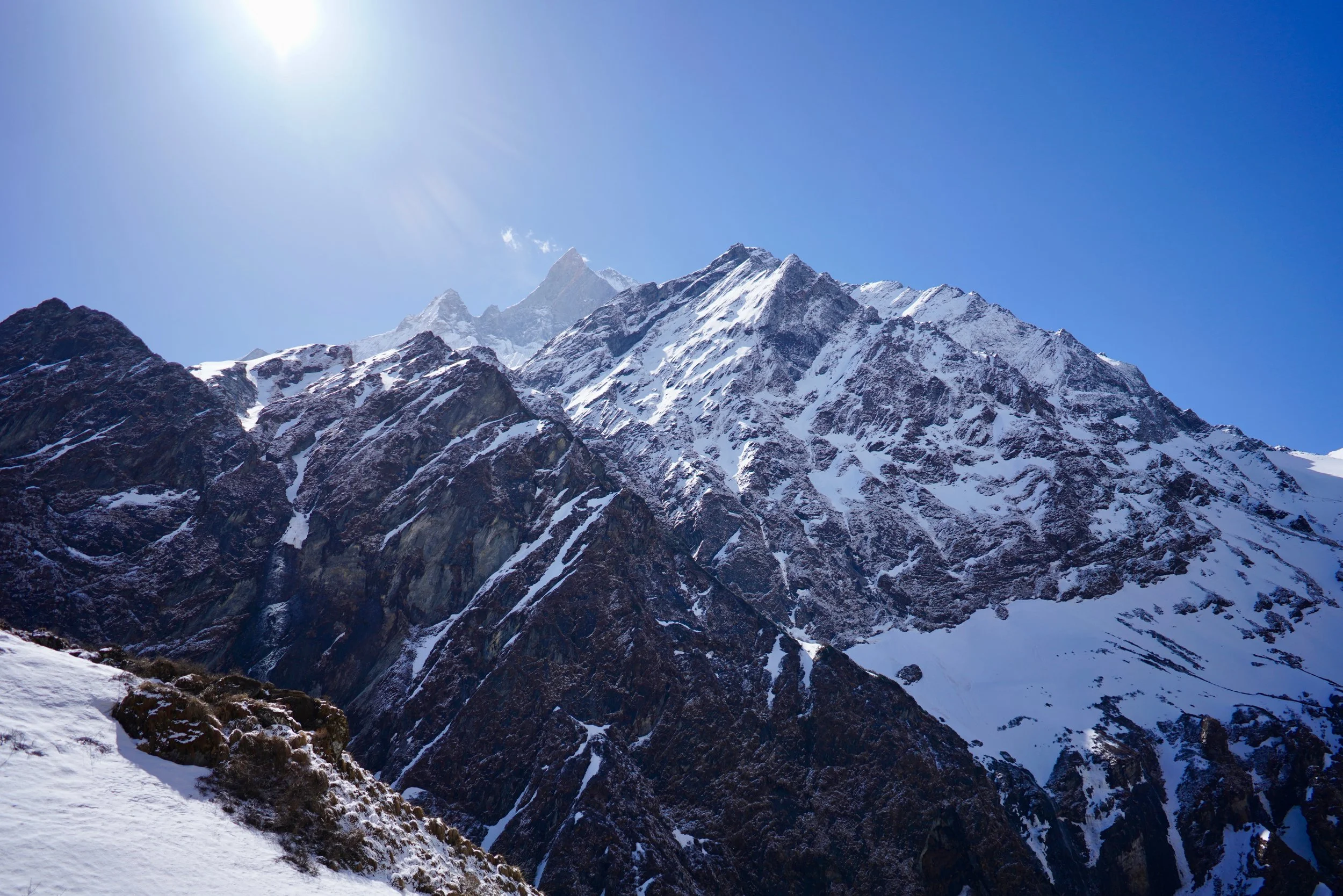It Isn't Always Pretty
“Travel isn’t always pretty. It isn’t always comfortable. Sometimes it hurts, it even breaks your heart. But that’s okay. The journey changes you; it should change you. It leaves marks on your memory, your consciousness, on your heart, and on your body. You take something with you. Hopefully, you leave something good behind.”
Anthony Bourdain, Rest In Peace
It isn’t always pretty. I’ve written about the glories, the grandeur, the triumphs, and the highs of our travels, but with that, there’s always a balance and there should be. I do embrace the equilibrium of life, but it doesn’t mean that it’s not hard at times.
I began to feel slightly off on our first day exploring the streets of Kathmandu. Dust was everywhere, the locals covered their mouths and noses in face masks to block out the inextinguishable pollution, piles of plastic trash collected on every sidewalk and roadside crevice, and the traffic was lawless anarchy. Electrical lines mashed up and tangled, with wires going every which way, sometimes hanging down for you to brush up against, if you’re not careful. Maybe I felt funny because I was coming from one of the most tranquil countries I’ve ever visited to this; a city more stimulating and chaotic than anything I’ve ever experienced. I took a few breaths and continued on.
But then… We witnessed a Hindu riverside cremation ceremony. I knew ahead of time that we would be seeing this and I honestly didn’t think much about it. I only anticipated it would be fascinating to see something like this for the first time, to open my eyes to a Hindu practice that boldly celebrated death and afterlife, and to observe a ritual that I could never see in the States.
We approached the river; cows sifting through trash, monkeys devilishly eyeing you, men with brightly painted faces wanting money in exchange for pictures, then smoke everywhere. The smoke was from the bodies burning. At first, I only saw pyres along the river, platforms of wood and straw where the bodies are placed. We crossed over a bridge, crowds of people were watching, and I wedged through to see. There were bodies, several of them, wrapped in white and orange cloth, with blazing marigolds laid all across. One group was dousing river water on the feet of their deceased, another was encircled around their loved one preparing for cremation, and another was lifting a lifeless body and bringing him or her to the pyre to burn. An earth-shattering cry of sorrow broke out from the silence; it was a woman mourning in agony.
I lost it. My throat closed and tears suddenly stained my cheeks. I had to step away. I was breathing in and out, while looking up at people eating, having casual conversations, and selling things, all while death was right under our noses. But death is right under our noses, always. There can be a lot of beauty in it. I felt so much on that day by the riverside. I felt beauty, heartbreak, fear, liberation, pain, and solace all at once. It made me truly confront death and the loss of loved ones in one fell swoop. I understand now how important it is to confront these things. We cannot live as if we are never going to die. We will lose so much meaning, fulfillment, appreciation, and even happiness along the way if we choose to live in constant denial. I admire the Nepalese people and their traditions. They are not afraid of death; death is only a recycling of life. I am honored and humbled I was given the opportunity to see such a thing, as overwhelming and uncomfortable as it was for me.
We returned to our hotel and my spirits were heavy, but strangely renewed. I needed to sweat it out. I ran for a bit, but found myself having to take several breaks. My stomach was beginning to feel nauseous and I was light-headed and sweaty. At first, I thought I was unwell due to my nerves being so shot from the day, but no… I was plummeted into the doomed depths of food poisoning hell for the next 48 hours. I barely made it out alive.
But now, we are here, in the softer city of Pokhara. It lies next to Phewa Lake, resting at the feet of the Himalayas. I survived an eight hour road trip to get here, with my forehead tight, my eyes closed, and my breathing calculated for the entirety of the bumpy ride. The next morning, the sun sweetly emerged and lit up the blinding whiteness of the peaks and I felt fine once again.
It isn’t always pretty, but it’s always worth it. Always.
Cheers,
Tera


